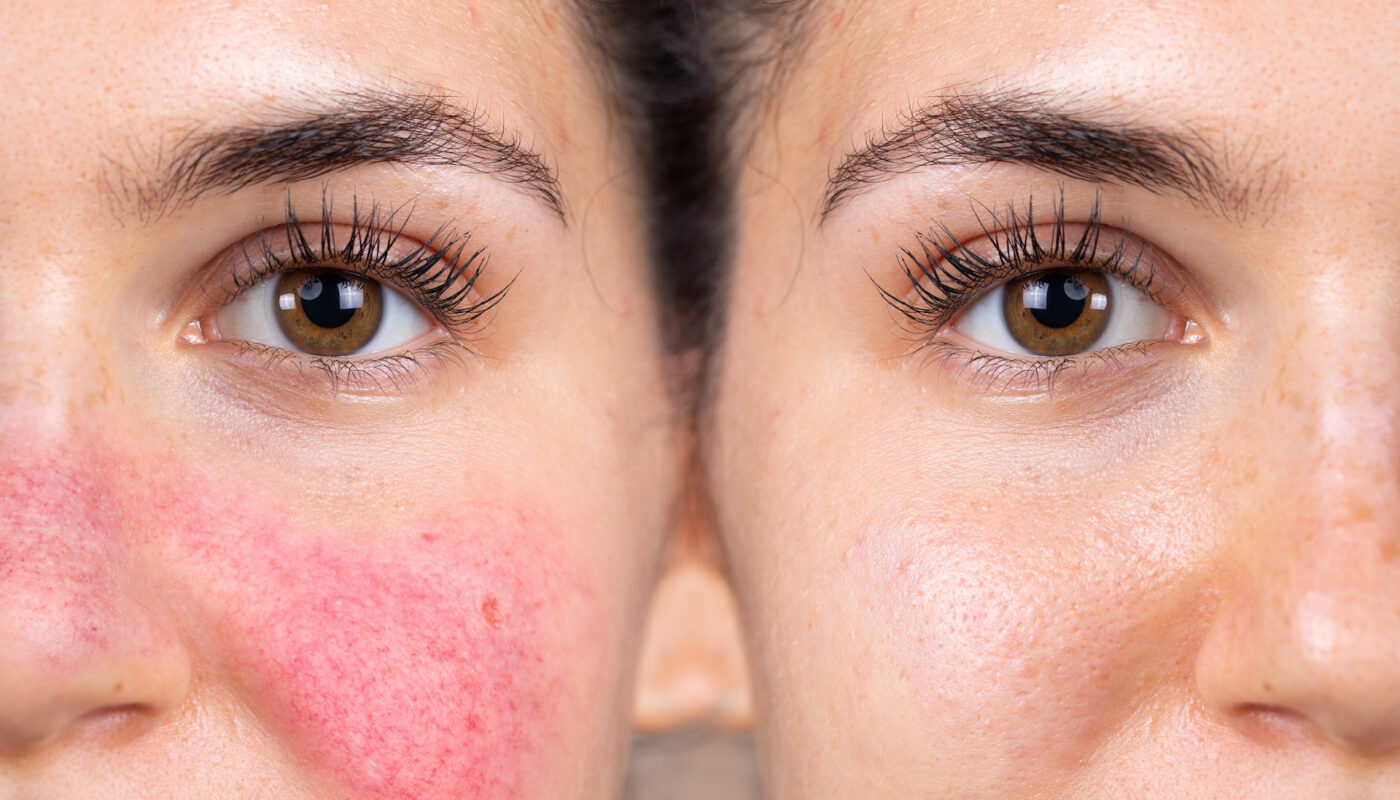Rosacea is a chronic and common skin condition that mainly affects the face, causing redness, inflammation, bumps, broken blood vessels, and pus-filled bumps. Rosacea can worsen over time if left untreated. Key symptoms of rosacea include flushing or blushing, prominent blood vessels, pimple-like lesions and swelling. The global rosacea treatment market caters to a wide range of anti-inflammatory, antibacterial and antifungal drugs, laser and light therapies, and topical preparations that help alleviate symptoms. North America currently dominates the market owing to increasing awareness regarding the disease and availability of advanced rosacea treatment options.
The global rosacea treatment market is estimated to be valued at US$ 2.21 Bn in 2024 and is expected to exhibit a CAGR of 11.% over the forecast period 2024 to 2031, as highlighted in a new report published by Coherent Market Insights.
Market Dynamics
Driver 1: Rising incidence of rosacea disease – According to the American Academy of Dermatology, rosacea affects over 16 million Americans. The rising prevalence of rosacea disease can primarily be attributed to changing lifestyles, dietary patterns, and environmental factors such as sun exposure. Untreated rosacea can negatively impact the quality of life, making effective treatment increasingly necessary. This rising incidence represents a major growth driver for the global rosacea treatment market over the forecast period.
Driver 2: Advancements in treatment modalities – Ongoing research and development has expanded the armamentarium for rosacea treatment in recent years. Novel targets such lasers, intense pulsed light therapies, topical and oral antibiotics and immunomodulators have demonstrated improved efficacy and reduced side effects compared to conventional options. This expansion of the rosacea treatment landscape is expected to further fuel market gains by offering optimized solutions to manage this chronic condition.
Segment Analysis
The global rosacea treatment market can be segmented based on drug class, diagnosis, and distribution channel. The drug class segment can be further divided into antibiotics, corticosteroids, retinoids, and others. Among these, antibiotics dominate the market as they are the first line treatment for rosacea. Oral antibiotics like doxycycline and topical antibiotics like metronidazole are widely used due to their effectiveness in treating inflammatory lesions and papules/pustules associated with rosacea.
PEST Analysis
Political: Approval regulations for new drugs and treatments by regulatory authorities like the FDA influence the market. Stringent approval processes may delay market entry of new products.
Economic: Rising healthcare expenditures and growing middle class populations in developing nations will drive market growth. However, high treatment costs associated with newer therapies can hamper widespread adoption.
Social: Increasing awareness about skincare and availability of several treatment options are reducing the social stigma around rosacea. This encourages more people to seek treatment.
Technological: Advancements in drug delivery methods like microneedles and novel drug formulations help improve efficacy and patient compliance. Development of personalized treatments tailored for different rosacea subtypes can boost the market.
Key Takeaways
The Global Rosacea Treatment Market Size is expected to witness high growth over the forecast period.
North America currently dominates due to high disease prevalence and awareness levels. Rising disposable incomes in Asia Pacific are increasing the focus on aesthetics, driving faster growth in the region.
Key players operating in the rosacea treatment market are Neuralink Corporation, Neurable, Emotiv Inc., BitBrain, Alpha Omega, Blackrock Microsystems, LLC, Femtonics Ltd, NeuroNexus, Opto Circuits (India) Limited, BIOTRONIK, Plexon Inc., Noldus Information Technology, NextMind, Nectome, and Paradromics. Major players are focusing on developing advanced therapeutic formulations and combinations with improved efficacy. Partnerships for clinical trials are helping expand indications and faster market approval.
*Note:
1. Source: Coherent Market Insights, Public sources, Desk research
2. We have leveraged AI tools to mine information and compile it


